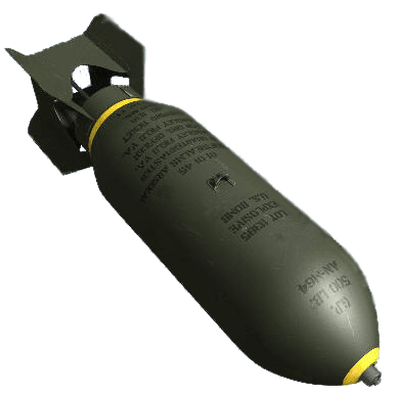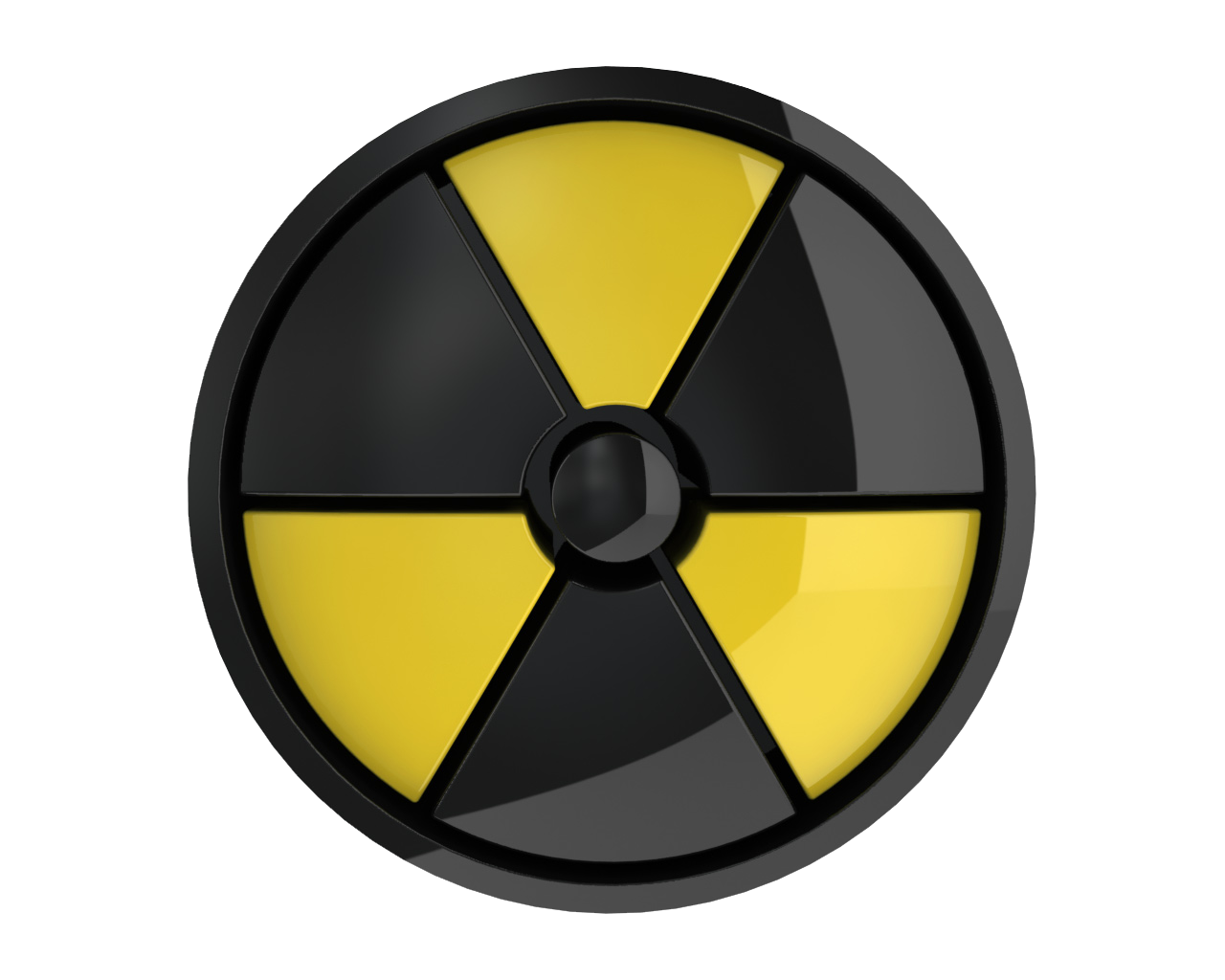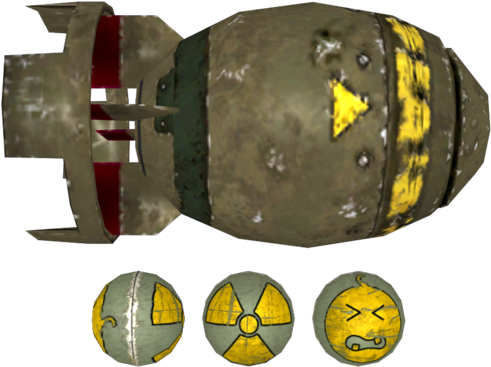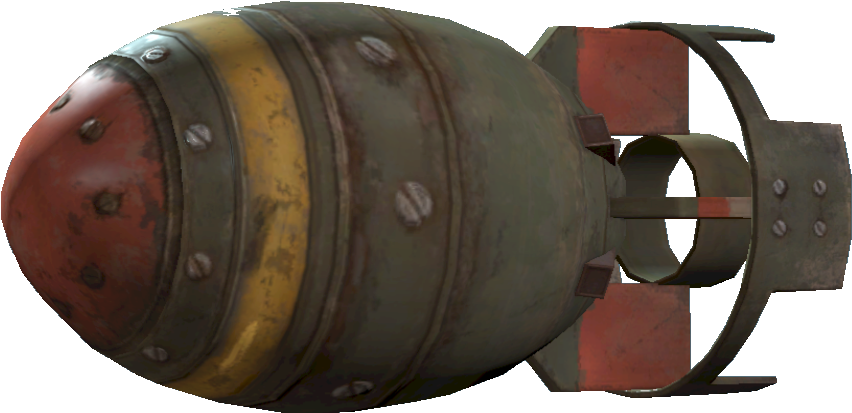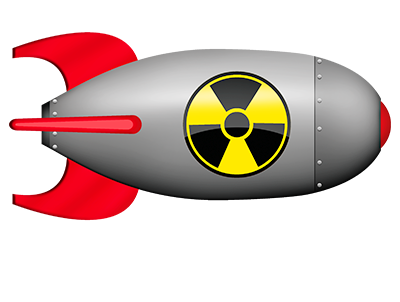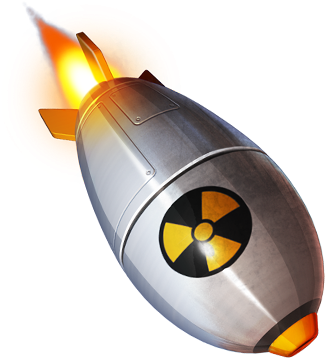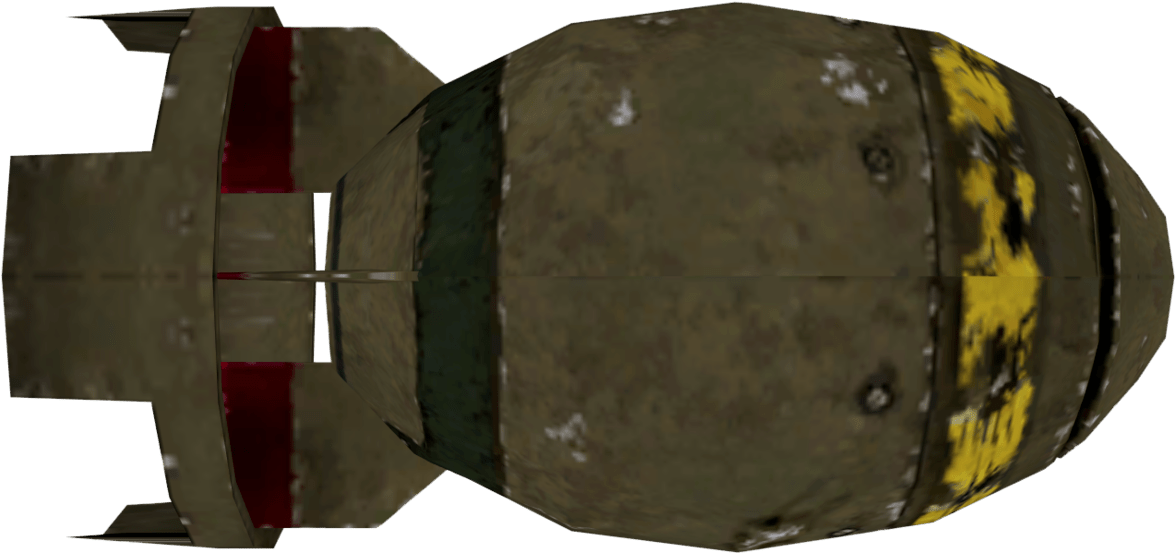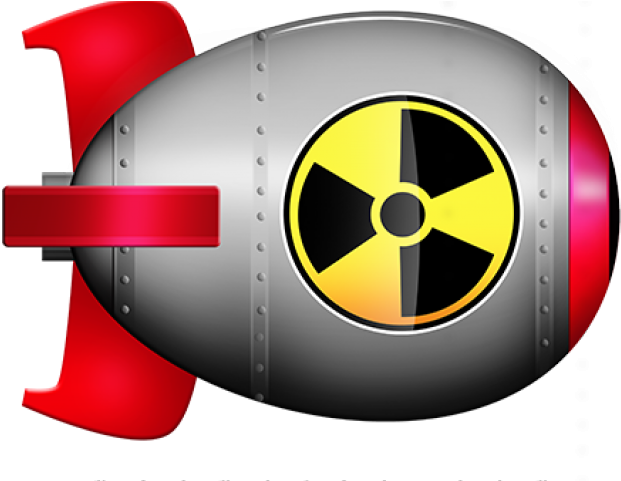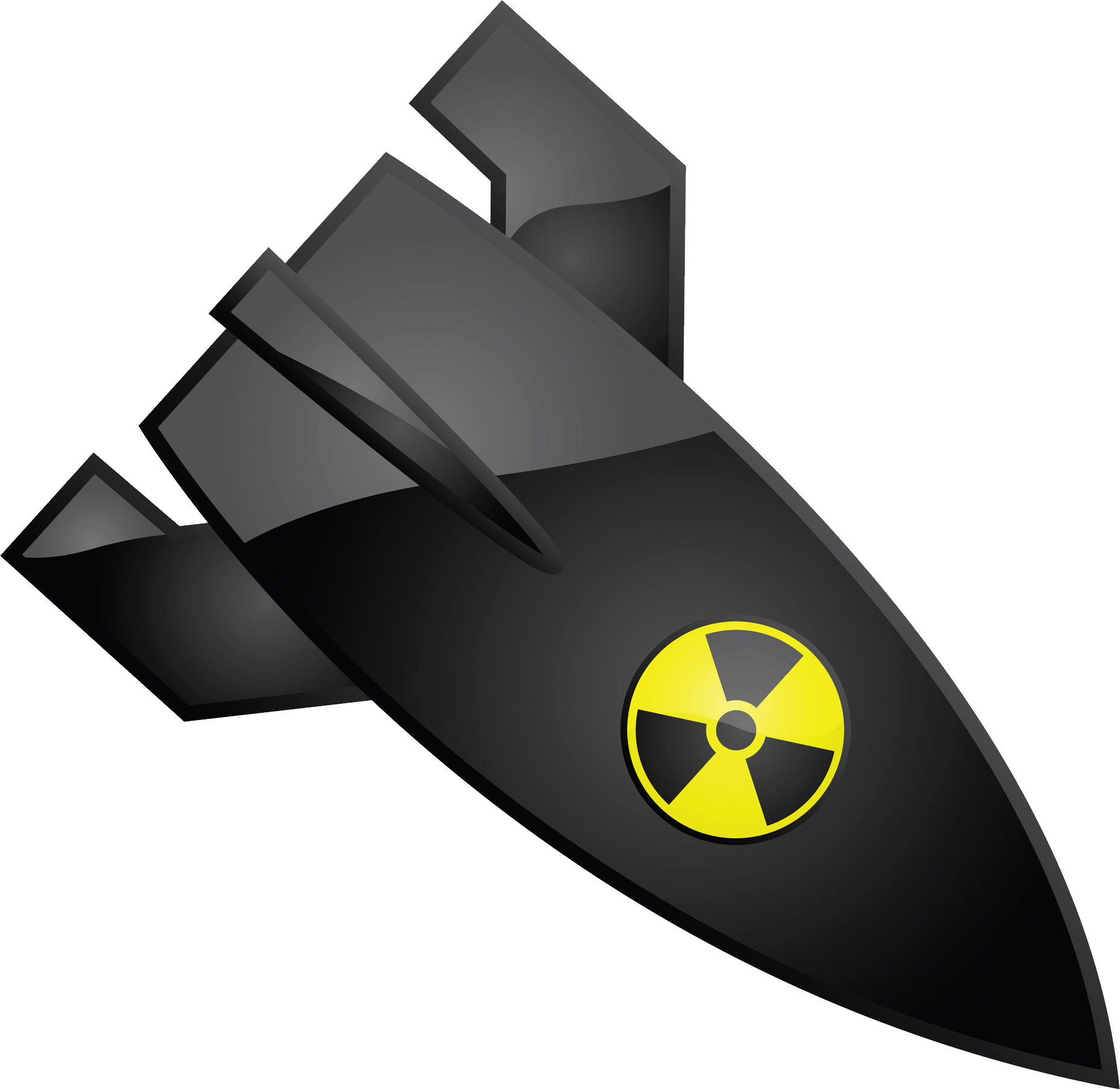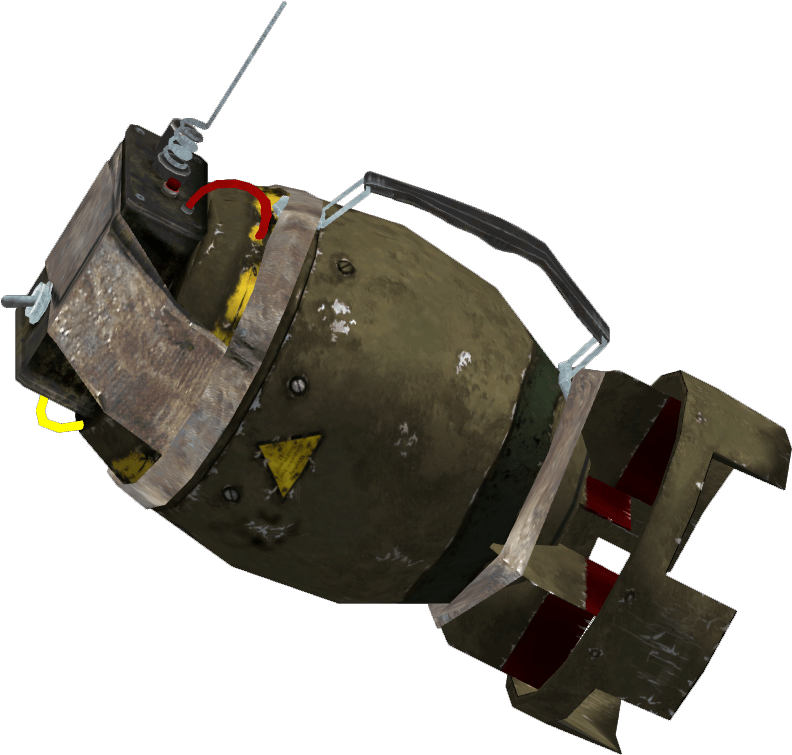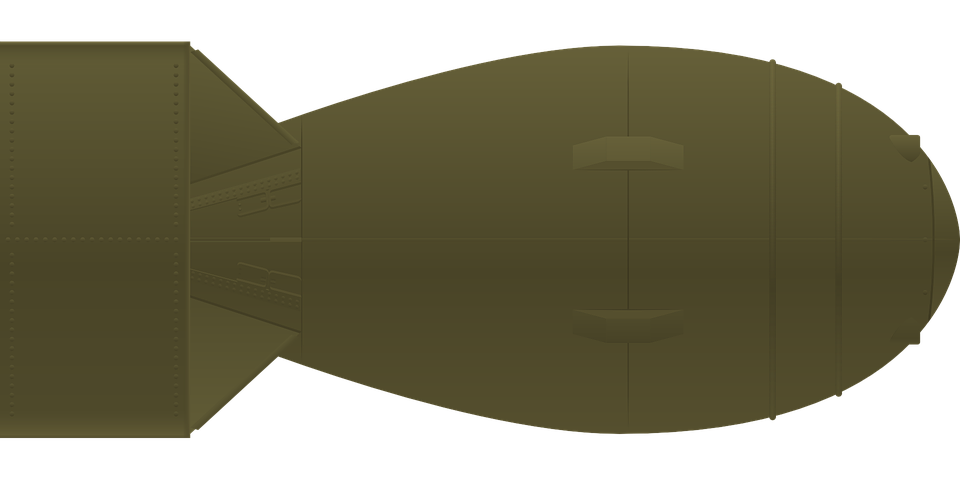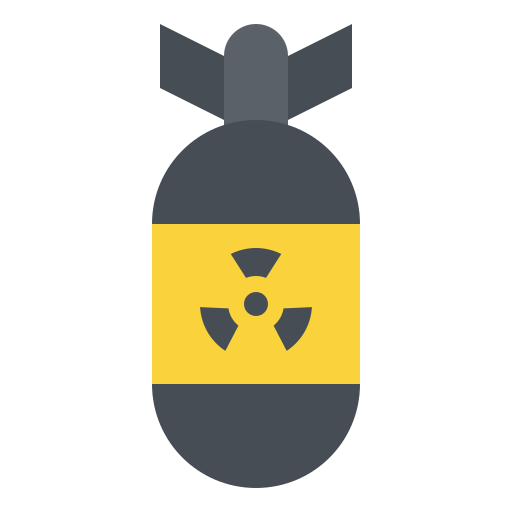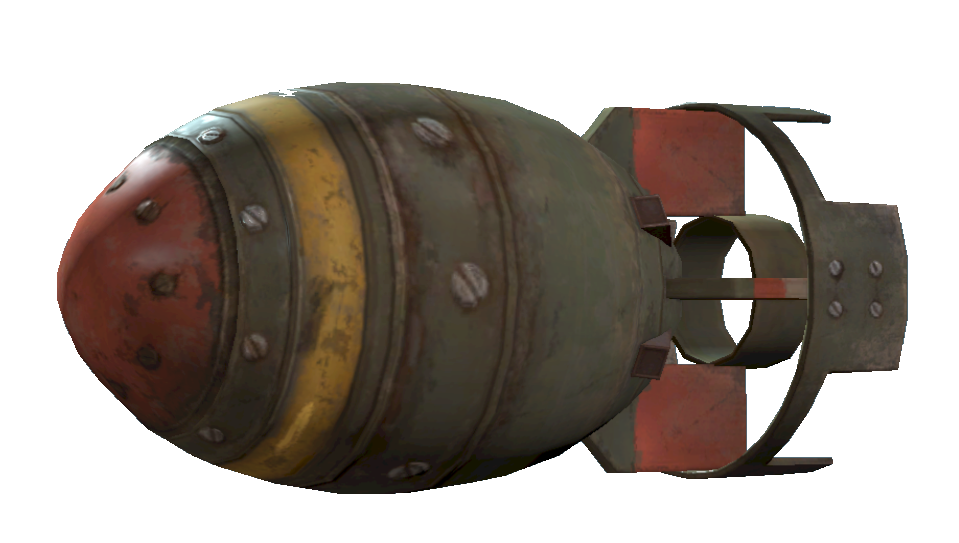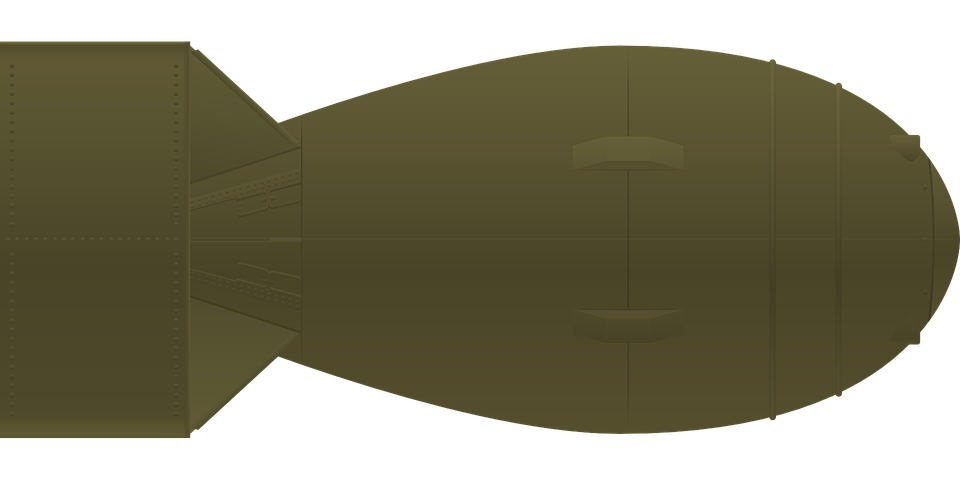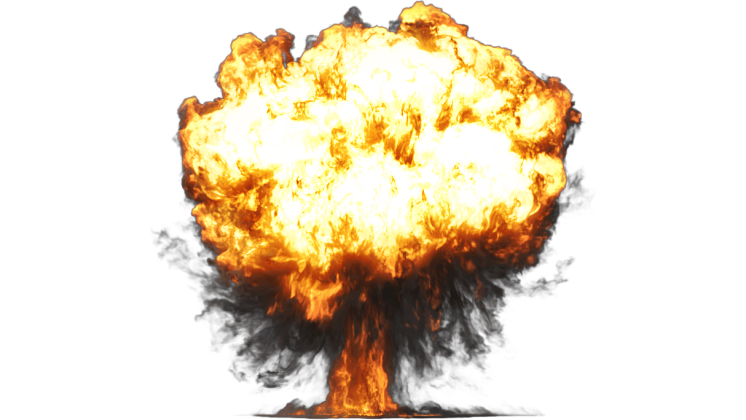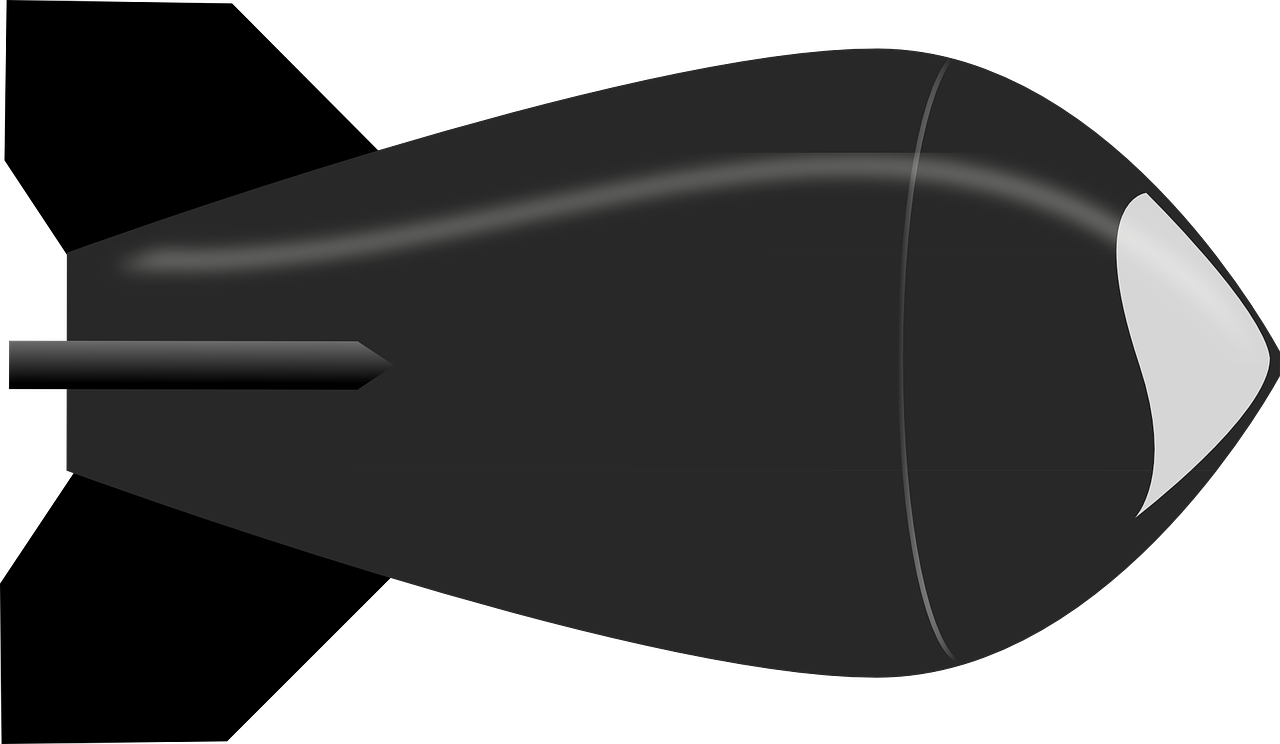Download top and best high-quality free Nuke PNG Transparent Images backgrounds available in various sizes. To view the full PNG size resolution click on any of the below image thumbnail.
License Info: Creative Commons 4.0 BY-NC
Nuclear weapons, often referred to as nukes, are the most destructive and powerful weapons ever created by mankind. These weapons rely on the release of nuclear energy through either nuclear fission or fusion processes, resulting in catastrophic explosions that can cause immense devastation and loss of life. In this article, we will explore the nature of nuclear weapons, their history, global impact, and the ongoing efforts towards disarmament and non-proliferation.
The Basics of Nuclear Weapons
Nuclear weapons are designed to release an enormous amount of energy by either nuclear fission or fusion. In nuclear fission, the nucleus of an atom, typically uranium-235 or plutonium-239, is split into smaller fragments, releasing a tremendous amount of energy. In fusion, the nuclei of hydrogen isotopes, such as deuterium and tritium, combine to form helium, producing even greater energy release. The destructive power of nuclear weapons comes from the uncontrolled chain reaction and the release of this immense energy in a short period of time.
A Brief History of Nuclear Weapons
The development of nuclear weapons dates back to the mid-20th century. The first successful test of a nuclear bomb, codenamed “Trinity,” took place in July 1945 as part of the Manhattan Project. Subsequently, atomic bombs were dropped on the Japanese cities of Hiroshima and Nagasaki in August 1945, marking the only instances of nuclear weapons being used in warfare. Since then, several countries have developed and tested nuclear weapons, leading to the Cold War era characterized by the arms race between the United States and the Soviet Union.
The Impact of Nuclear Weapons
The impact of nuclear weapons is profound and far-reaching. The immediate effects of a nuclear explosion include a blinding flash, intense heat, and a shockwave that can level buildings and cause widespread destruction. The long-term effects include radiation exposure, which can lead to acute and chronic health effects for survivors and have lasting environmental consequences. The potential for nuclear weapons to cause mass casualties, significant infrastructure damage, and long-term environmental contamination underscores their devastating impact.
Non-Proliferation and Disarmament Efforts
Recognizing the catastrophic consequences of nuclear weapons, global efforts have been made to prevent their proliferation and promote disarmament. The Treaty on the Non-Proliferation of Nuclear Weapons (NPT), signed in 1968, aims to prevent the spread of nuclear weapons, promote disarmament, and facilitate the peaceful use of nuclear energy. Various arms control treaties and negotiations have further contributed to limiting the number of nuclear weapons and reducing the risk of their use.
Final thoughts
Nuclear weapons, or nukes, represent a grave and complex issue that demands global attention and concerted efforts towards disarmament and non-proliferation. The destructive power of these weapons and the potential for catastrophic consequences highlight the urgent need for dialogue, cooperation, and diplomatic solutions. It is essential to work towards a world free of nuclear weapons, where the focus is on peace, security, and the well-being of all humankind.
Download Nuke PNG images transparent gallery
- Nuke PNG Picture
Resolution: 600 × 315
Size: 17 KB
Image Format: .png
Download
- Nuke PNG
Resolution: 400 × 400
Size: 36 KB
Image Format: .png
Download
- Nuke Transparent
Resolution: 1280 × 1024
Size: 465 KB
Image Format: .png
Download
- Nuke
Resolution: 491 × 367
Size: 277 KB
Image Format: .png
Download
- Nuke Background PNG
Resolution: 852 × 413
Size: 437 KB
Image Format: .png
Download
- Nuke No Background
Resolution: 400 × 302
Size: 67 KB
Image Format: .png
Download
- Nuke PNG Background
Resolution: 326 × 358
Size: 152 KB
Image Format: .png
Download
- Nuke PNG Clipart
Resolution: 1176 × 553
Size: 317 KB
Image Format: .png
Download
- Nuke PNG Cutout
Resolution: 512 × 512
Size: 24 KB
Image Format: .png
Download
- Nuke PNG File
Resolution: 621 × 481
Size: 240 KB
Image Format: .png
Download
- Nuke PNG Free Image
Resolution: 1858 × 1809
Size: 487 KB
Image Format: .png
Download
- Nuke PNG HD Image
Resolution: 512 × 512
Size: 30 KB
Image Format: .png
Download
- Nuke PNG Image File
Resolution: 792 × 755
Size: 212 KB
Image Format: .png
Download
- Nuke PNG Image HD
Resolution: 762 × 452
Size: 29 KB
Image Format: .png
Download
- Nuke PNG Image
Resolution: 960 × 480
Size: 63 KB
Image Format: .png
Download
- Nuke PNG Images HD
Resolution: 512 × 512
Size: 12 KB
Image Format: .png
Download
- Nuke PNG Images
Resolution: 959 × 543
Size: 319 KB
Image Format: .png
Download
- Nuke PNG Photo
Resolution: 960 × 480
Size: 66 KB
Image Format: .png
Download
- Nuke PNG Photos
Resolution: 746 × 420
Size: 318 KB
Image Format: .png
Download
- Nuke PNG Pic
Resolution: 1280 × 744
Size: 113 KB
Image Format: .png
Download

